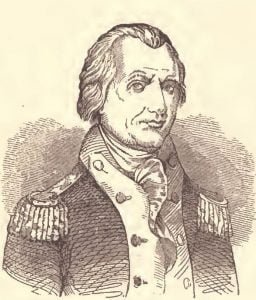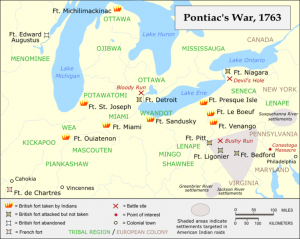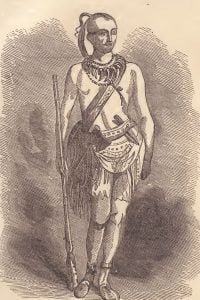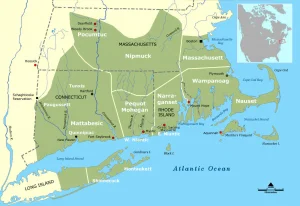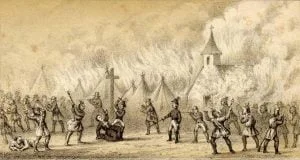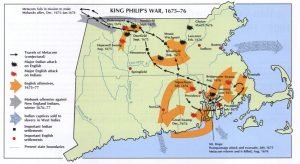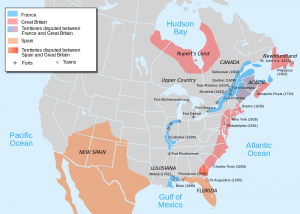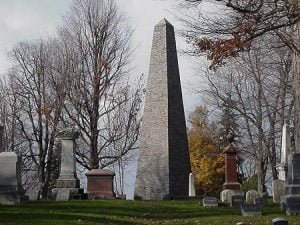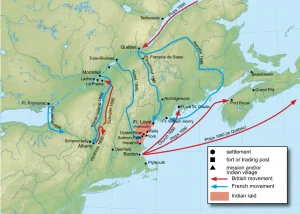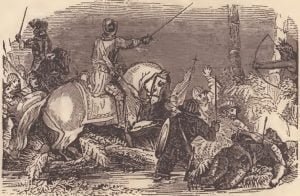The War with the Indians of the West during Washington’s Administration
After the termination of the Revolutionary War, the hardy settlers of the west had still a contest to maintain, which often threatened their extermination. The Indian tribes of the west refused to bury the hatchet when Great Britain withdrew her armies, and they continued their terrible devastation. The vicinity of the Ohio River, especially, was the scene of their operations.

